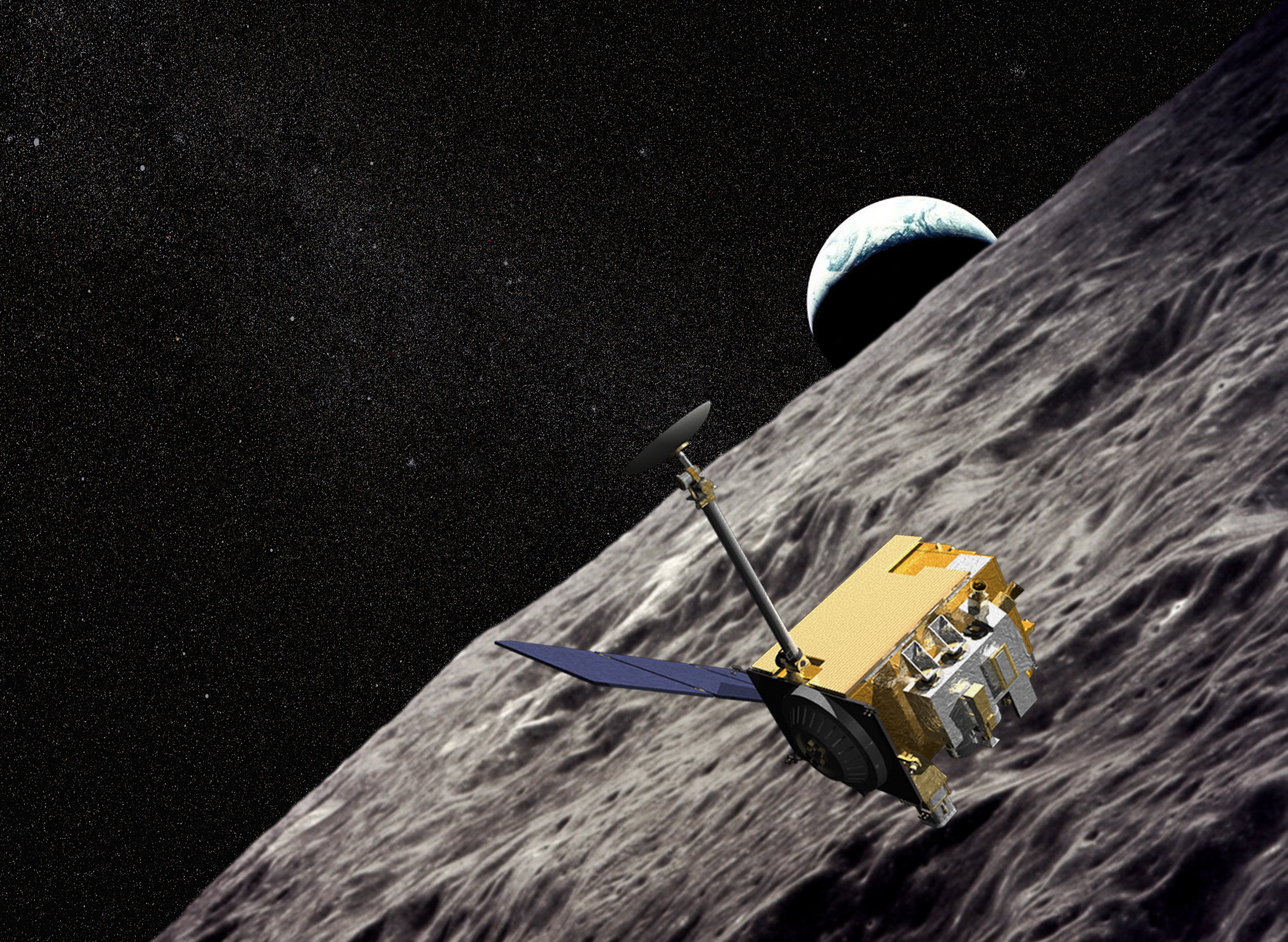Two spacecraft on the Moon belonging to the United States and China were left in the dark due to a lunar eclipse that occurred on the night of May 16. This May phenomenon is also called the “Blood Moon”. NASA’s Lunar Reconnaissance Orbiter (LRO) and the Yutu-2 rover, powered by solar energy, failed during the eclipse.

Because the sunlit half of the Moon was shrouded in darkness due to the moon entering the Earth’s shadow, the LRO was unable to charge its batteries during the 90-minute eclipse. The lunar vehicles resumed operation as soon as the light hit the solar panels of both robots.
Robots are no stranger to
Despite the short-term “failure”, LRO is not experiencing the first lunar eclipse. The solar-powered LRO has experienced 11 total lunar eclipses. The device was specially designed to withstand conditions of low solar illumination or complete darkness. A team of NASA engineers was ready to remotely turn off the instruments on board the spacecraft to save energy.
“LRO can withstand the conditions of lunar eclipses. At the same time, the batteries may discharge, but we are ready for such a turn of events — we turn off the onboard systems and wait for the Sun to start illuminating the device to charge the battery with solar panels and resume power supply to all systems,” explains Noah Peter, a researcher at the LRO project.
Thanks for joining us to watch the lunar eclipse! You can keep viewing livestreams from around the world as the Moon continues traveling through Earth’s shadow: https://t.co/nj2bj0YRCF pic.twitter.com/p6ZgSvGbrq
— NASA Moon (@NASAMoon) May 16, 2022
Spacecraft and their instruments on the Moon can freeze hard in the shadow of the Earth during a lunar eclipse, so engineers prepare and warm them up in advance. They also adjust the spacecraft’s orbit to minimize the time spent in the dark through a series of controlled maneuvers. The device will probably have to repeat these sets of procedures and once again go into “sleep mode” during the next total lunar eclipse, which will occur on November 8, 2022.
In the case of the Chinese Yutu-2, experts said that the lunar rover also copes with such phenomena without problems. Moreover, it has to wait out the terribly cold lunar nights, which last about 14.5 days on the Moon.
Lunar Reconnaissance Orbiter
LRO headed to the Moon on June 18, 2009 for a mission that was originally designed to last only two years. But the orbiter is still working properly and continues to collect scientific data. It helps NASA identify safe landing sites for future Artemis missions and find potential resources on the Moon.
Recall that earlier a fascinating photo of a lunar eclipse was shown from space.
According to Іndependent.co.uk
Follow us on Twitter to get the most interesting space news in time
https://twitter.com/ust_magazine
